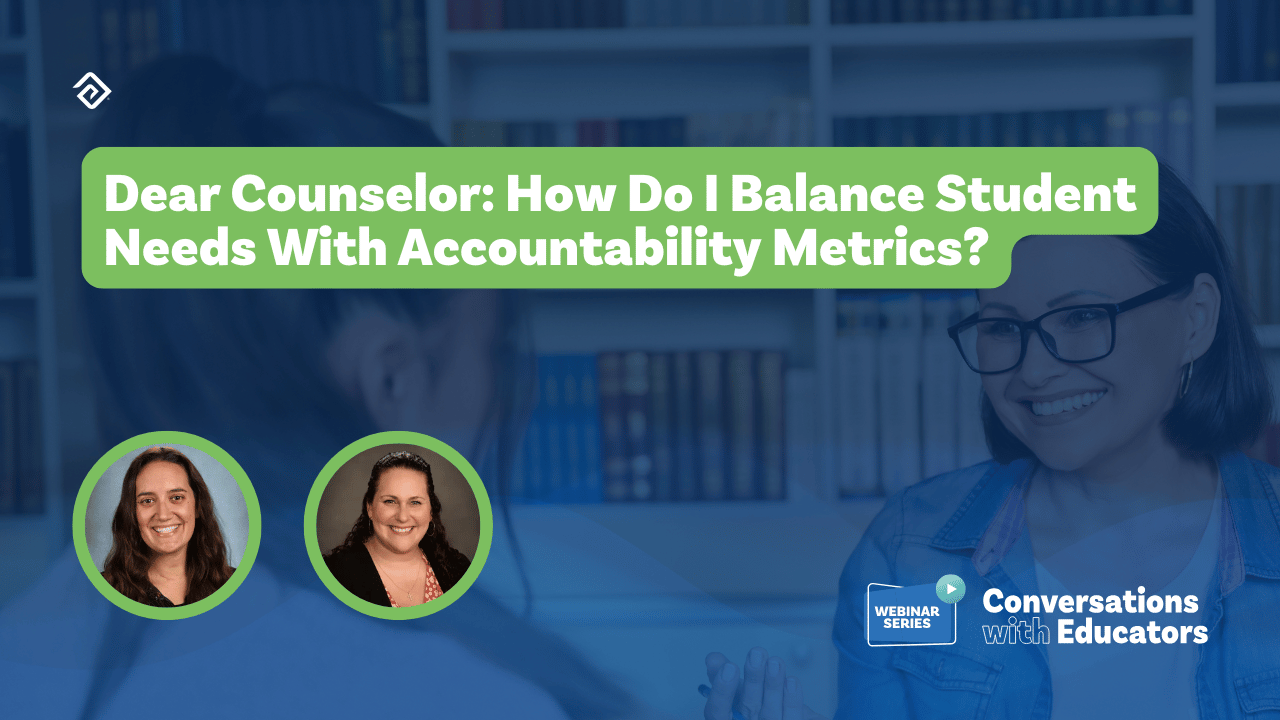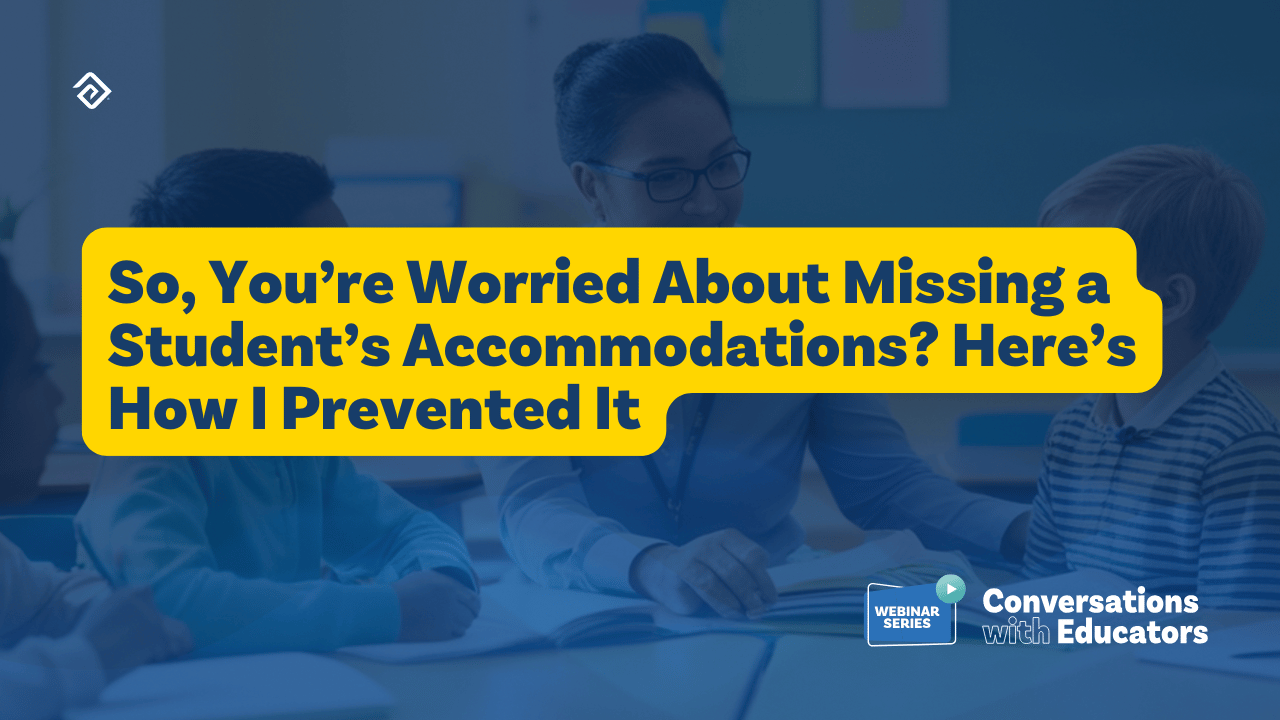Instructional Strategies: 34 Effective Strategies for Teachers in the Classroom
According to SEDL, using data to select instructional strategies can lead to an improvement in student performance. A single assessment can’t tell an educator everything they need to know to make a well-informed instructional strategy decision, therefore researchers stress the need for multiple data-driven strategies. A teacher with a strong grasp on a variety of instructional strategies can enhance the learning experience for students. Some of these methods are outlined below.
- Cues, questions, and advance organizers
This instructional strategy includes a diverse range of questioning methods to keep the course content fresh and interesting.
2. Feedback
A critical element of instructional strategies, teacher feedback provides specific information to students about progress toward learning outcomes and thus improves students' learning outcomes.
3. Journals and bookkeeping
Asking students to record their thoughts and reflections through journaling and bookkeeping allows them to think critically about the course material and how the course material can be applied in the real world.
4. Summarizing and note-taking
Immediate summarizing and noting of lessons make it easier to access objectives and goals later, especially for lengthy courses.
5. Visualization
Graphic representations can complement a verbal lecture. Employing a visualization instructional strategy is important for long-term retention and clear understanding.

6. Course Syllabus
A syllabus is an outline of the lessons that will make up a unit of study that is given to students. It serves as a preview of what is to come and a reminder of what has been covered.
7. Generating and testing hypotheses
Examples and theories can make it easy to understand situation based lessons. By using hypothetical situations, it is easy to ensure quick understanding for students.
8. Provide opportunities for student practice
One of the most effective instructional strategies is to give opportunities for students to practice what was taught to help cement and deepen their understanding. An important component of effective practice is to ensure students have a firm grasp of the concept so students rehearse the skill correctly.
9. Setting goals or objectives
Goal setting can be used to effectively increase student ownership of learning and increase motivation. A successful strategy will dictate the exact goal and create a roadmap to its completion.
10. Think-pair-share
Think-pair-share can be particularly effective; students learn to collaborate to solve a problem, answer a question, or achieve a common goal.
11. Cubing
Cubing entails writing a directive or a statement on a learning aid cube's six sides to enable a seamless flow of questions in group work.
12. Comparison matrix
This instructional strategy involves comparing two or more objects, illustrations, concepts, etc., and identifying their similarities or differences.

13. Question-answer relationship
A direct session of Q&A can help clarify any doubts related to the lesson and strategy being explained. This strategy also helps in recallingthe instructions.
14. Questions and quizzes
A variation on question-answer instructional strategies, this method is more interactive and engaging for a group.
15. Consistent assessment
Periodic low-impact assessment of both the strategy and the instruction helps in maintaining a high quality learning experience.
16. Anchor activities
Anchoring activities are predetermined, continuous tasks that students complete independently at the start of each lesson. In the coursework, these activities are used to jump directly into the lessons.
17. Case studies
Case study examples help individuals understand specific theory or concept better by showing the application of it to real life situations.
18. Concept mapping
Concept maps are used to visually organize information, making it easy to understand complex tasks as they explain intertwined structures and steps.
19. Peer instruction
It can be easier to learn from peers than from an instructor. This instructional strategy gives peers the opportunity to articulate understanding and / or to receive instruction in a different way than presented by the instructor.
20. Individualized instruction
Personalization is a highly effective instructional strategy that offers a connection between the teacher and the individual by recognizing each student's uniqueness to provide adequate guidance which is based on trust and understanding.
21. Scaffolding instruction
Scaffolding is a process in which teachers support the students by demonstrating how to solve a problem, and then taking a step back, offering support when needed, while students learn and practice a new concept or skill independently. It can help boost their confidence and proficiency.
22. Role-play
This strategy works best in a group setting. It fosters improvisation, to be able to interact with people in realistic situations and gain an in-depth understanding of another person.
23. Rewards based on a specific performance standard
Positive reinforcement is an effective instructional strategy. Rewarding effective behavior increases recognition among individuals.
24. Agendas
An agenda-driven approach to classroom management encourages self-directed instruction regarding what agendas students think is most critical. This technique also allows teachers to differentiate based on individual abilities.

25. Identifying similarities and differences
In this instructional strategy, a concept is compared with another based on their uniqueness and commonality, which helps students learn to identify critical attributes of concepts.
26. Brainstorming
Throwing ideas back and forth often results in something innovative, new, and different to set learning objectives for a group.
27. Field trips
There is no better way to understand and gain knowledge of practical topics than with a field trip. Field trips are an optimal way to learn more in less time, because you learn by seeing the concepts being used in real time.
28. Setting objectives
Achieving tasks and goals effectively requires clearly outlining the objectives, which makes it easier to streamline the lessons.
29. Four sides
In group tasks, people hold different opinions. This instructional strategy considers opinions on a scale from “strongly agree” to “strongly disagree” to enhance learning by questioning contrasting opinions.
30. KWL strategy
A KWL table, also known as a KWL chart, is a visual organization aid. The initials KWL are an abbreviation representing what students already Know, Wish to know, and eventually Learn throughout a session.
31. Direct instruction
When objectives are simple and short, a direct instructional strategy is used, lessons are structured, sequenced and led by teachers. This involves directly laying out a pathway or framework without anyone's input or conversation.
32. Reciprocal teaching
This technique is the polar opposite of the traditional teaching method. Reciprocal teaching is a kind of instruction in which a student takes on the role of instructor in a small group session.
33. Higher-level questioning
To take it up a level, this instructional strategy employs higher-order thinking skills by asking questions that go beyond simple information, to make students look beyond the surface and use critical thinking skills to analyze, explain and comprehend the lesson.
34. Read and paraphrase
In this method, an individual has to read and understand the given objective and lesson, which may prompt the student to reveal a new meaning or approach to the problem.
Conclusion
When you look into different teaching tactics, you'll find something for every level, issue, and presentation arrangement. Beyond basic retention and surface knowledge, instructional strategies can assist students in developing a deeper grasp of course content and fostering critical reasoning.
More Great Content
We know you'll love



